- News
- EV
- EV Adoption in E-Hailing may rise faster in Secondary Cities According to ChargeSini
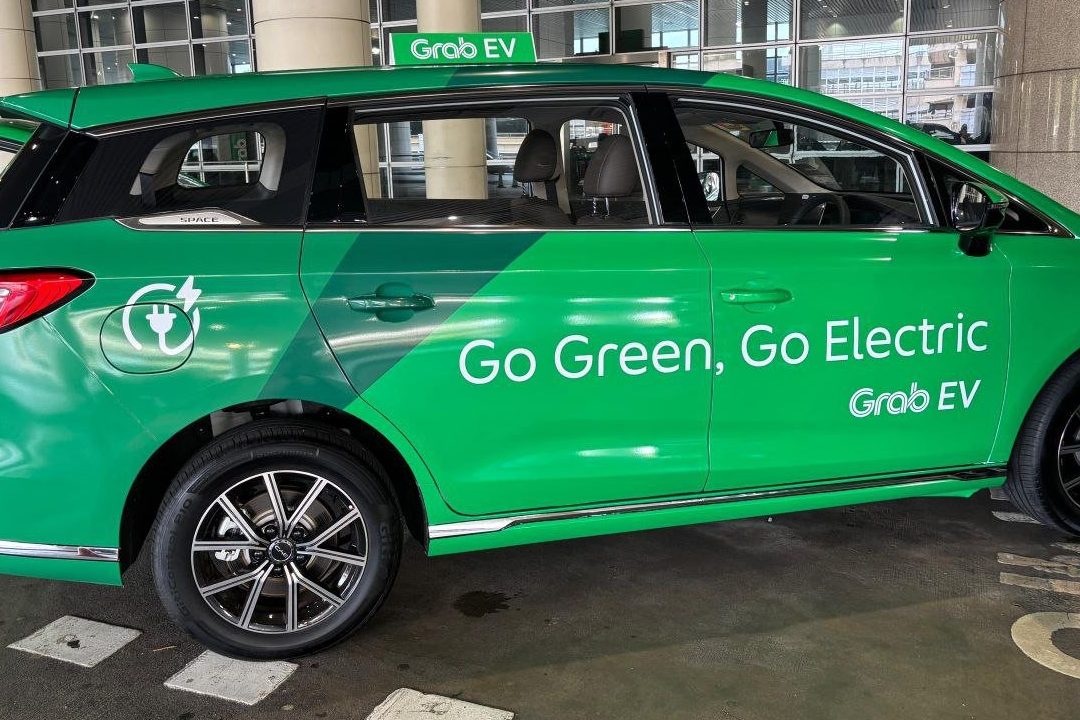
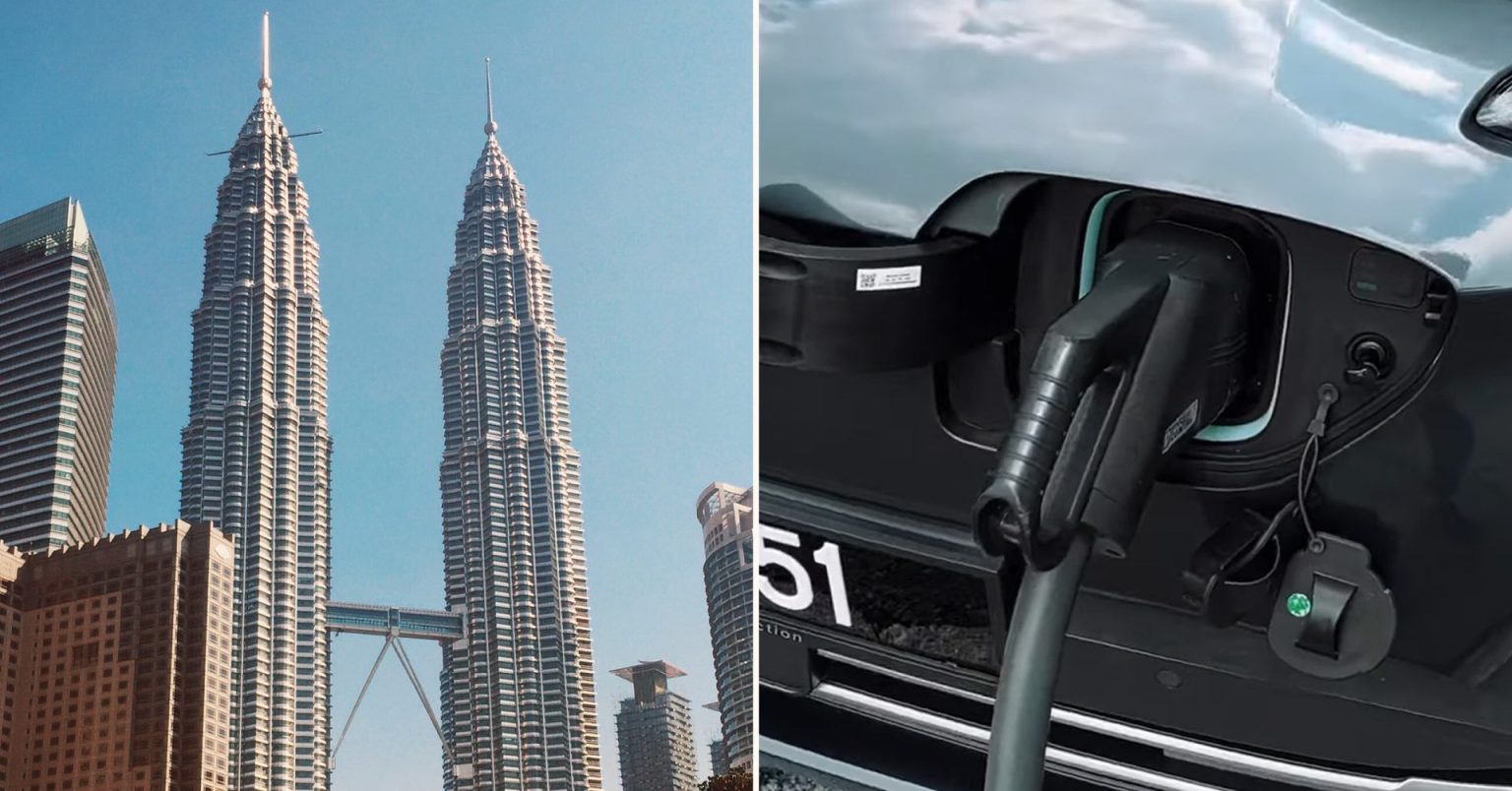
In Kuala Lumpur, high-rise living is a challenge for EV adoption. Most residents live in condominiums or apartments, where installing a private charger is expensive and complicated. This leaves drivers dependent on public charging stations, which are less convenient, more costly, and often crowded. For full-time Grab drivers , this reduces both efficiency and income, making EV ownership less attractive in the capital.
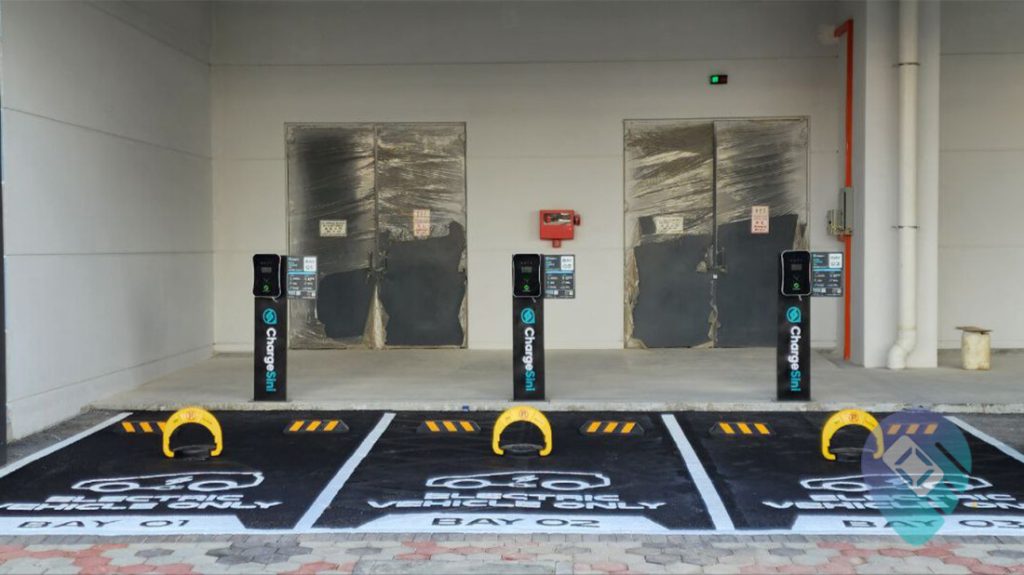
Secondary cities paint a different picture. With more landed homes, drivers can install home chargers and enjoy the convenience of overnight charging. The savings are clear: charging an EV at home costs around RM20–RM25 for 400 km, compared to RM90–RM100 in petrol for the same distance. That’s up to 75% cheaper per trip, giving high-mileage drivers a huge boost in daily profits.
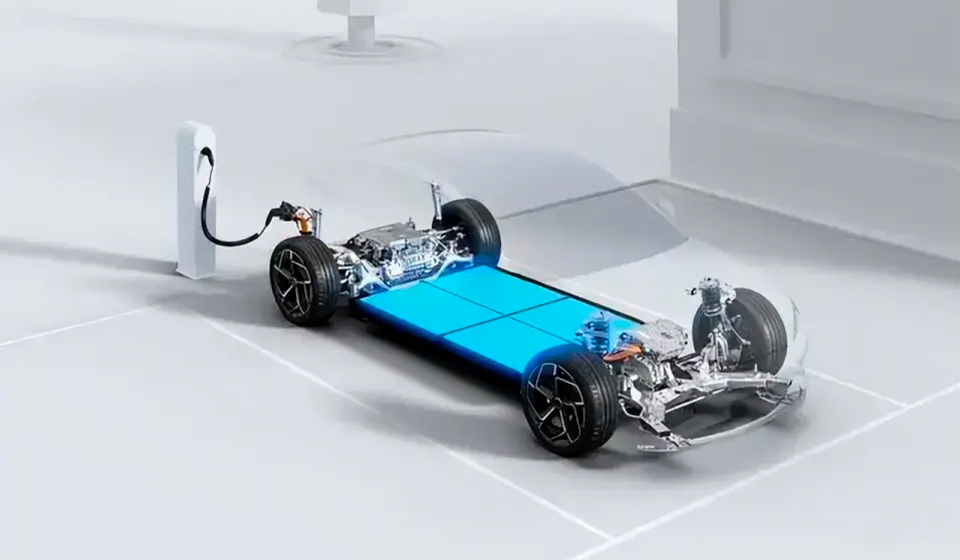
Maintenance is another area where EVs shine. With fewer moving parts and no need for oil changes, yearly servicing for an EV can be as low as RM800–RM1,000. In comparison, petrol cars usually cost RM2,500–RM3,000 a year to maintain. For e-hailing drivers who easily clock 50,000 km a year, this difference adds up to thousands in savings. Put simply: low charging cost + low maintenance = higher income.
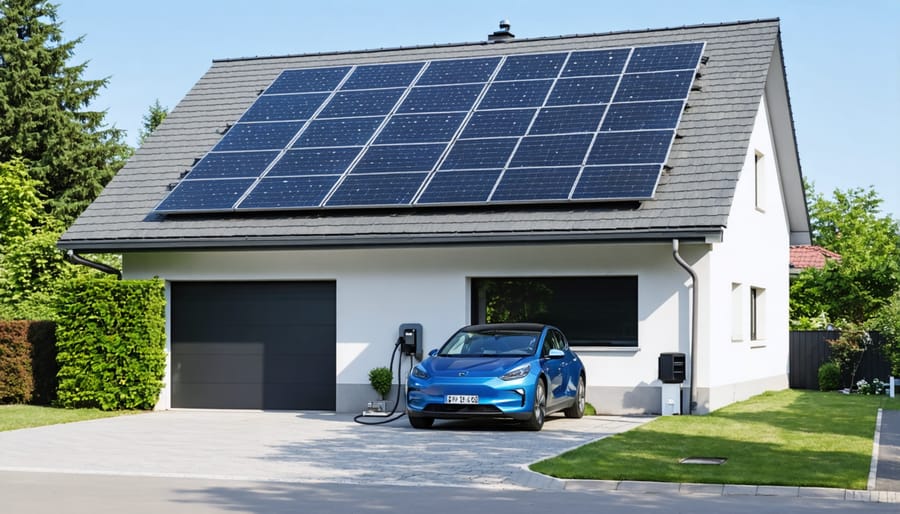
Adding to that, EV batteries have become cheaper and more reliable. Prices have dropped by almost 90% compared to 10 years ago, while modern EV batteries now last 10–15 years. For drivers in landed homes, pairing EVs with solar panels can bring energy costs close to zero — turning clean driving into a smart financial choice.
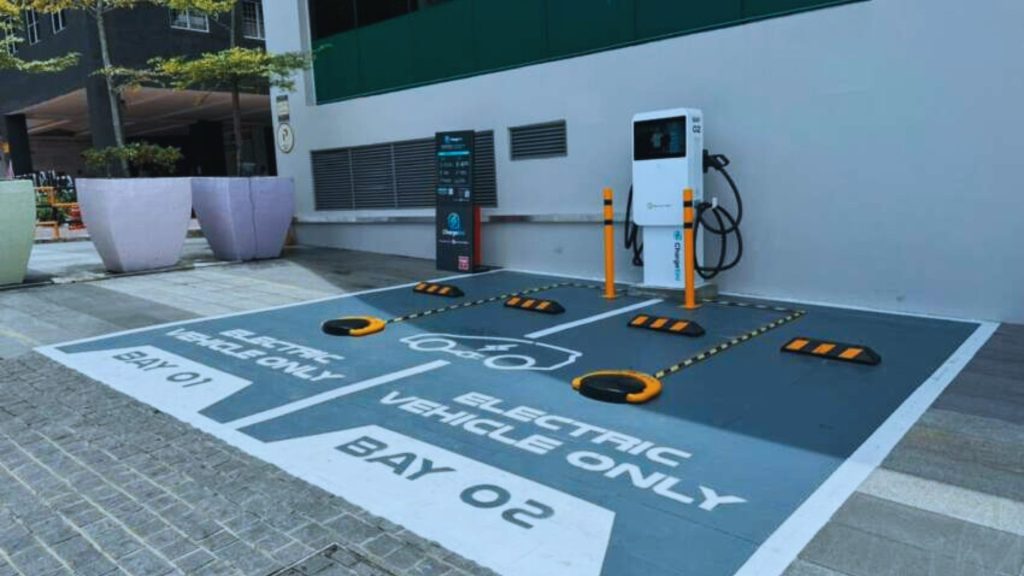
All these factors show why EV adoption may rise faster in secondary cities than in Kuala Lumpur. With lower costs, easier home charging, and better long-term value, e-hailing drivers outside KL have the strongest reason to switch. For Malaysia, this shift highlights a clear message: the road to EV adoption could start not in the capital, but in the cities that surround it.